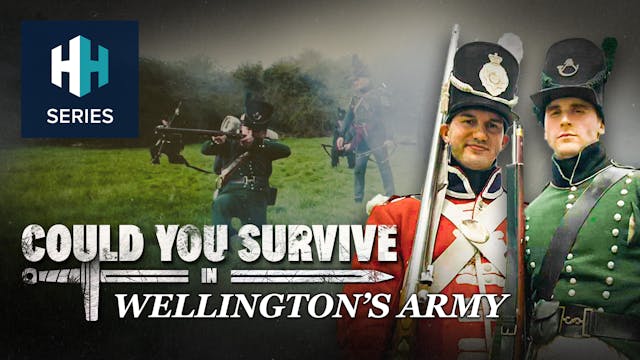Imagine, it’s the mid-1800s. Since the end of the Napoleonic Wars, peace between Britain and France had been secured for close to half a century. And yet, for the English, the threat of an imminent invasion across the channel never seemed too far-fetched.
That’s why thousands of ‘navvies’ and later volunteers, engineers, artillerymen and army officers, were summoned in 1860 to build and occupy gigantic forts along the south coast of England should the dreaded day arrive when French ships emerged on the horizon…
Over 70 polygonal strongholds would be built or upgraded as part of a commission in 1859 instigated by prime minister Lord Palmerston, who shared the anxieties of most of Britain’s Naval and Military Commanders - that Britain was rapidly falling behind foreign powers, and would be unable to defend itself from an attempted invasion.
The fortresses, known as ‘Palmerston Forts’, stretched across the United Kingdom, mainly in strategically important coastal areas. Each would cost the treasury an enormous amount of money, require a significant labour force to construct and a large group of military volunteers to man. But the invasion never came…
In this video, Luke Tomes will be stationed at Fort Nelson, one of five giant fortifications built on the summit of Portsdown Hill, overlooking Portsmouth Dockyard. He’ll find out what it took to design and build the fort, how recruits were selected and deemed fit for service and what life was really like for those stationed on Victorian Britain’s coastal frontline…
With special thanks to the Palmerston Forts Society for images and uniforms.
Facebook Page: https://www.facebook.com/PalmerstonFortsSociety/
Website: https://www.palmerstonfortssociety.org.uk/
Filmed at: https://royalarmouries.org/fort-nelson
Up Next in Could You Survive?
-
Could You Survive the Duke of Welling...
During the Napoleonic Wars the British Army experienced a time of rapid change. At the beginning of the French Revolutionary Wars in 1793, the army was a small, awkwardly administered force of barely 40,000 men. By the end of the period, the numbers had vastly increased to over a quarter of a mil...
-
Could You Survive as a Spitfire Pilot...
Arguably the most famous British fighter aircraft in history, the Spitfire, also called Supermarine Spitfire, was the most widely produced and strategically important British single-seat fighter of World War Two. Over 22,000 Supermarine Spitfires were built during the course of the Second World W...
-
Could You Survive in a Tudor and Stua...
If you were born into the gentry in the 16th and 17th century, at a very early age you’d be taught how to become a ‘gentleman’ - it’s in the name. But what exactly would you learn?
Luke Tomes follows in the footsteps of the young men on their ‘grand tour’ of Europe, an educational rite of passa...



